
There are a number of philosophical mindsets that govern how a character goes about his day to day activities. A character’s or creature’s general moral and personal attitudes are represented by its alignment:
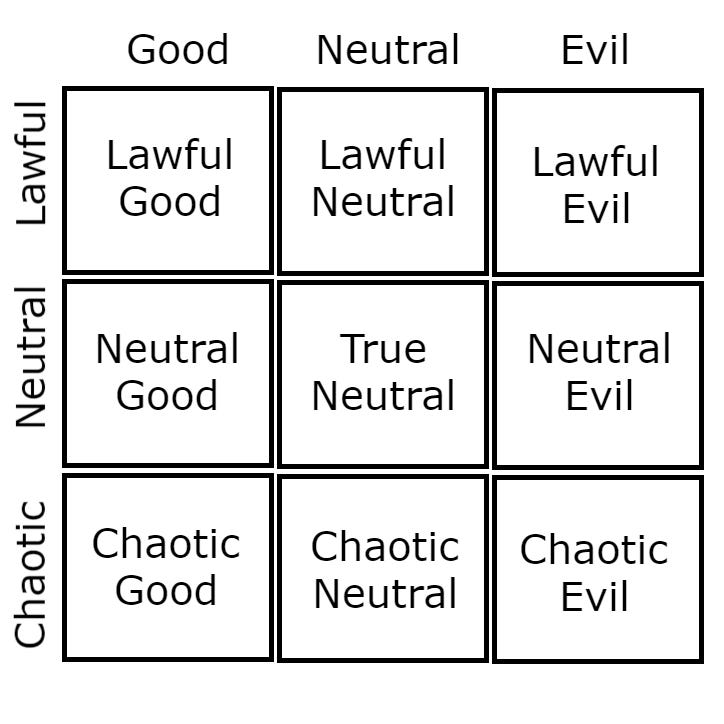
lawful good, neutral good, chaotic good, lawful neutral, neutral, chaotic neutral, lawful evil, neutral evil, and chaotic evil.
Lawful Good

A lawful good character acts as a good person is expected or required to act. She combines a commitment to oppose evil with the discipline to fight relentlessly. She tells the truth, keeps her word, helps those in need, and speaks out against injustice. A lawful good character hates to see the guilty go unpunished. Alhandra, a paladin who fights evil without mercy and protects the innocent without hesitation, is lawful good.
Lawful good is an alignment which combines honor and compassion.However, some, especially paladins, may sometimes find themselves faced with the dilemma of whether to obey Law or Good when the two conflict – for example, upholding a sworn oath when it would lead innocents to come to harm – or conflicts between two orders, such as between their religious law and the law of the local ruler. Because of this, lawful good is sometimes the most self-destructive form of law and good (compare with chaotic evil), due to losing ones self to conflicts between altruism and ethos.
The upper plane of Celestia embodies this concept.
Neutral Good

A neutral good character does the best that a good person can do. He is devoted to helping others. He works with kings and magistrates but does not feel beholden to them. As an example Jozan, a cleric who helps others according to their needs, is neutral good.
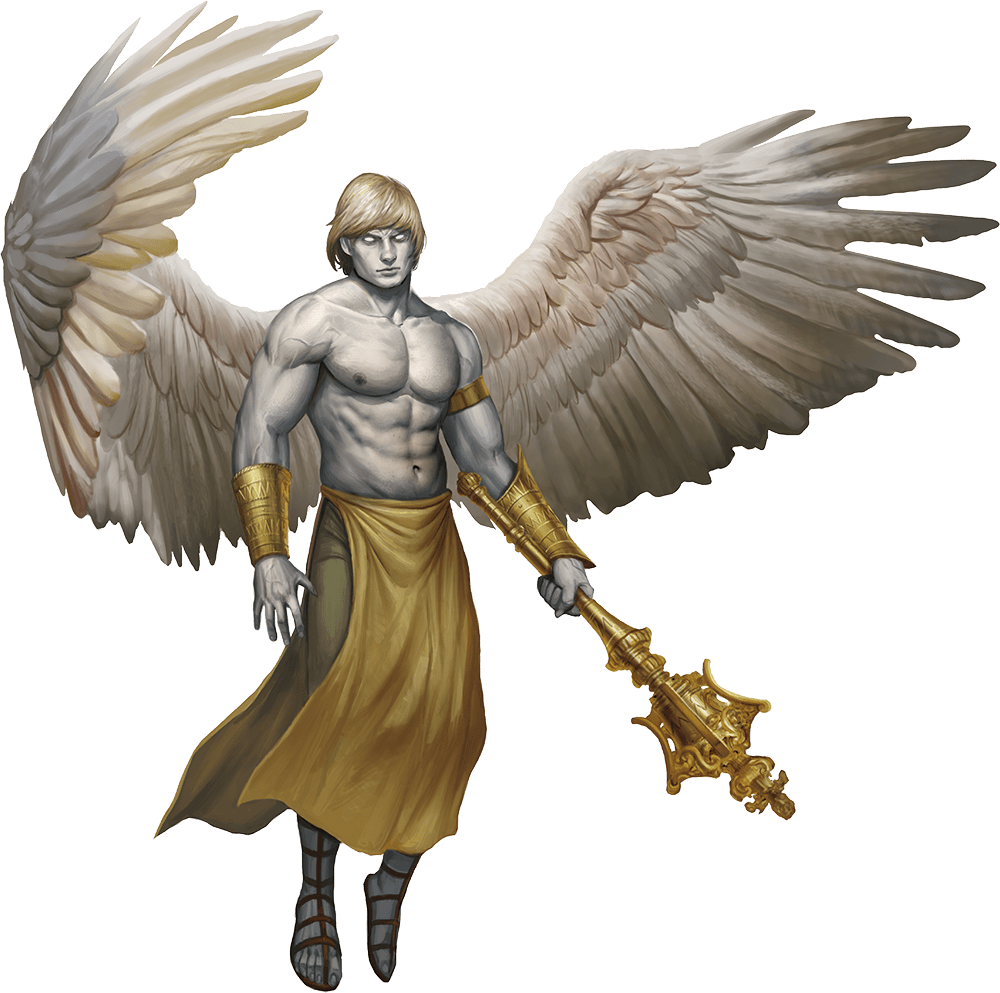
Neutral good is the alignment which means doing what is good without bias for or against order. These characters believe that a balance of forces is important, but that the concerns of law and chaos do not moderate the need for good. Since the universe is vast and contains many creatures striving for different goals, a determined pursuit of good will not upset the balance; it may even maintain it. If fostering good means supporting organized society, then that is what must be done. If good can only come about through the overthrow of existing social order, so be it. Social structure itself has no innate value to them.
The Blessed Fields of Elysium (and to an extent, Bytopia and the Beastlands) embodies this concept.
Chaotic Good

A chaotic good character acts as his conscience directs him with little regard for what others expect of him. He makes his own way, but he’s kind and benevolent. He believes in goodness and right but has little use for laws and regulations. He hates it when people try to intimidate others and tell them what to do. He follows his own moral compass, which, although good, may not agree with that of society. As an example Soverliss, a ranger who waylays the evil baron’s tax collectors, is chaotic good. Chaotic good combines a good heart with a free spirit.
Chaotic good characters are strong indivualists marked by a streak of kindness and benevolence. They have no use for people who “try to push folk around and tell them what to do.” A brave frontiersman forever moving on as settlers follow in his wake is an example of a chaotic good character.
The celestial plane of Arborea, along with the eladrins, embodies this concept.
Lawful Neutral

A lawful neutral character acts as law, tradition, or a personal code directs her. Order and organization are paramount to her. She may believe in personal order and live by a code or standard, or she may believe in order for all and favor a strong, organized government. As an example Ember, a monk who follows her discipline without being swayed either by the demands of those in need or by the temptations of evil, is lawful neutral.
Order and organization are of paramount importance to characters of this alignment. They believe in a strong, well-ordered government, whether that government is a tyranny or benevolent democracy. The benifits of organization and regimentation outweigh any moral questions raised by their actions. An inquisitor determined to ferret out traitors at any cost or a soldier who never questions his orders are good examples of lawful neutral behavior. Lawful neutral is the alignment which means you are reliable and honorable without being a zealot.
The outer plane of Mechanus (and to an extent, Arcadia and Archeron) embodies this concept.
True Neutral

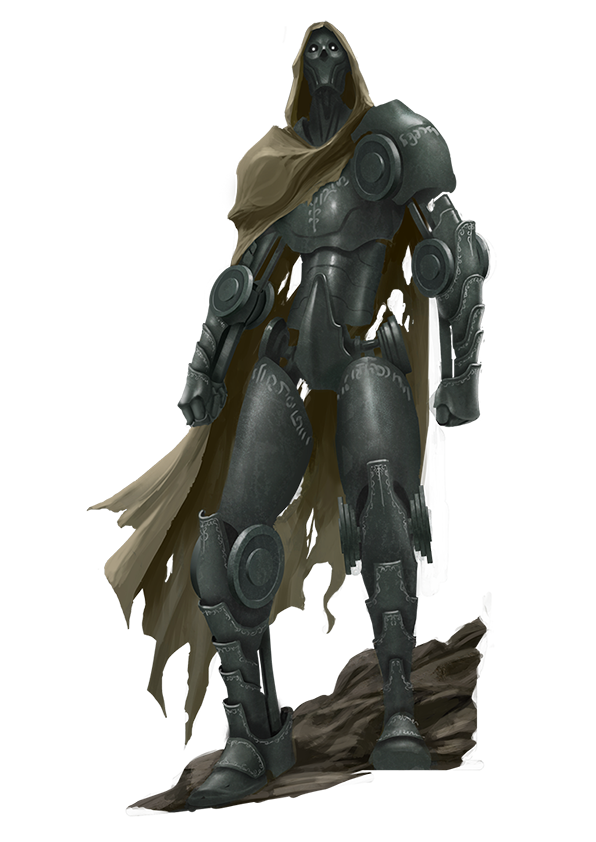
A neutral character does what seems to be a good idea. She doesn’t feel strongly one way or the other when it comes to good vs. evil or law vs. chaos. Most neutral characters exhibit a lack of conviction or bias rather than a commitment to neutrality. Such a character thinks of good as better than evil — after all, she would rather have good neighbors and rulers than evil ones. Still, she’s not personally committed to upholding good in any abstract or universal way. As an example Mialee, a wizard who devotes herself to her art and is bored by the semantics of moral debate, is neutral.
Some neutral characters, on the other hand, commit themselves philosophically to neutrality. They see good, evil, law, and chaos as prejudices and dangerous extremes. They advocate the middle way of neutrality as the best, most balanced road in the long run, and sometimes find themselves forced into rather peculiar alliances. To a great extent, they are compelled to side with the underdog in any given situation, sometimes changing sides as the previous loser becomes the winner. A true neutral druid might join the local barony to put down a tribe of evil gnolls, only to drop out or switch sides when the gnolls are brought to the brink of destruction. He would seek to prevent either side from becoming too powerful. Clearly, there are very few true neutral characters in the world.
Neutral is the alignment which means you act naturally, without prejudice or compulsion. Most animals and other creatures (like constructs and some undead) have this alignment because of their lack in mental capacity of morally right or wrong behavior (on the scale of sentient races).
Chaotic Neutral

A chaotic neutral character follows his whims. He is an individualist first and last. He values his own liberty but doesn’t strive to protect others’ freedom. He avoids authority, resents restrictions, and challenges traditions. A chaotic neutral character does not intentionally disrupt organizations as part of a campaign of anarchy. To do so, he would have to be motivated either by good (and a desire to liberate others) or evil (and a desire to make those different from himself suffer). A chaotic neutral character may be unpredictable, but his behavior is not totally random. He is not as likely to jump off a bridge as to cross it.
As an example Gimble, a bard who wanders the land living by his wits, is chaotic neutral. Chaotic neutral is the alignment which represents true freedom from both society’s restrictions and a dogooder’s zeal.
Chaotic neutral characters often believe that there is no order to anything, even their own actions. With this as a guiding principle, they tend to follow whatever whim strikes them at the moment. Good and evil are irrelevant when making a decision. Chaotic neutral characters are extremely difficult to deal with. Such characters have been known to cheerfully and for no apparent purpose gamble everything they have on the roll of a single die. They are almost totally unreliable. In fact, the only reliable thing about them is that they cannot be relied upon! This alignment is perhaps the most difficult to play. Lunatics and madmen tend toward chaotic neutral behavior.
The outer plane of Limbo (and to an extent, Ysgard and Pandemonium) embodies this concept.
Lawful Evil

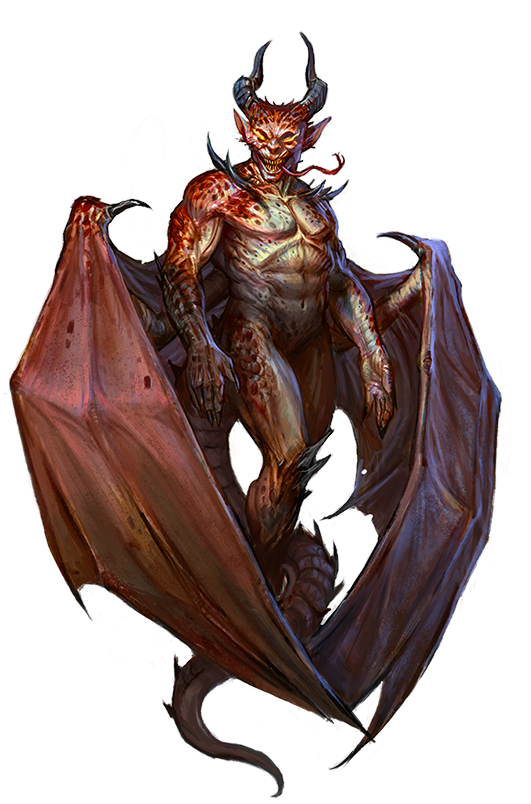
A lawful evil villain methodically takes what he wants within the limits of his code of conduct without regard for whom it hurts. He cares about tradition, loyalty, and order but not about freedom, dignity, or life. He plays by the rules but without mercy or compassion. He is comfortable in a hierarchy and would like to rule, but is willing to serve. He condemns others not according to their actions but according to race, religion, homeland, or social rank. He is loath to break laws or promises. This reluctance comes partly from his nature and partly because he depends on order to protect himself from those who oppose him on moral grounds. Because they may be forced to honor an unfavorable contract or oath they have made, lawful evil characters are usually very careful about giving their word. Once given, they break their word only if they can find a way to do it legally, within the laws of the society.
These characters believe in using society and its laws to benefit themselves. Structure and organization elevate those who deserve to rule as well as provide a clearly defined hierarchy between master(s) and servant(s). To this end, lawful evil characters support laws and societies that protect their own concerns. If someone is hurt or suffers because of a law that benefits lawful evil characters, too bad. Lawful evil characters obey laws out of fear of punishment.
Some lawful evil villains have particular taboos, such as not killing in cold blood (but having underlings do it) or not letting children come to harm (if it can be helped). They imagine that these compunctions put them above unprincipled villains. Others may commit themselves to evil with a zeal like that of a crusader committed to good. Beyond being willing to hurt others for their own ends, they take pleasure in spreading evil as an end unto itself. They may also see doing evil as part of a duty to an evil deity or master.
Lawful evil is the alignment which represents methodical, intentional, and frequently successfully evil (in stark contrast to the unstable and self-destructive chaotic evil alignment). It is sometimes called “diabolical,” because devils are the epitome of lawful evil. An iron-fisted tyrant and a devious, greedy merchant are examples of lawful evil beings.
The infernal Nine Hells of Baator embodies this concept.
Neutral Evil

A neutral evil villain does whatever she can get away with. She is out for herself, pure and simple. She sheds no tears for those she kills, whether for profit, sport, or convenience. She has no love of order and holds no illusion that following laws, traditions, or codes would make her any better or more noble. On the other hand, she doesn’t have the restless nature or love of conflict that a chaotic evil villain has. As an example the criminal who robs and murders to get what she wants is neutral evil.
Neutral evil characters are primarily concerned with themselves and their own advancement. They have no particular objection to working with others or, for that matter, going it on their own. Their only interest is in getting ahead. If there is a quick and easy way to gain a profit, whether it be legal, questionable, or obviously illegal, they take advantage of it. Although neutral evil characters do not have the every-man-for-himself attitude of chaotic characters, they have no qualms about betraying their friends and companions for personal gain. They typically base their allegiance on power and money, which makes them quite receptive to bribes.
Some neutral evil villains hold up evil as an ideal, committing evil for its own sake. Most often, such villains are devoted to evil deities or secret societies.
Neutral evil is the alignment which represents pure evil without honor and without variation.
The Gray Wastes of Hades (and to an extent, Gehenna and Carceri) embodies this concept.
Chaotic Evil

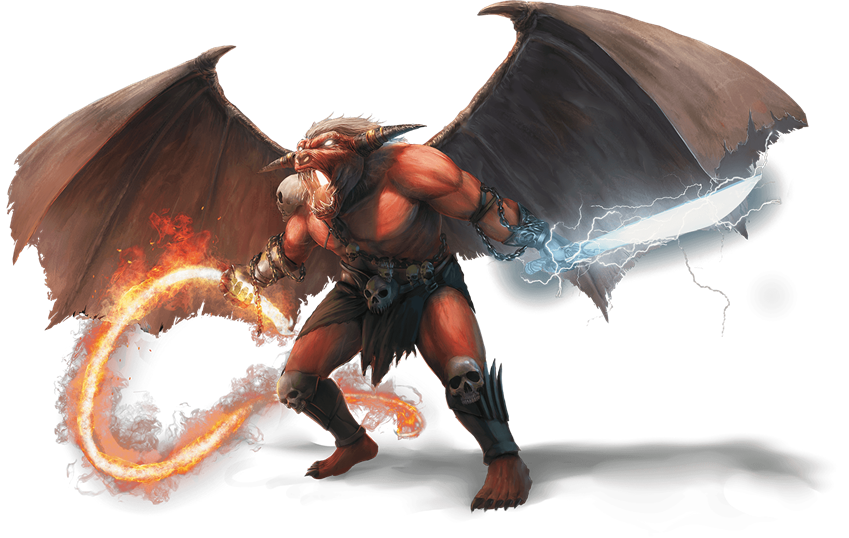
A chaotic evil character does whatever his greed, hatred, and lust for destruction drive him to do. He is hot-tempered, vicious, arbitrarily violent, and unpredictable. If he is simply out for whatever he can get, he is ruthless and brutal. If he is committed to the spread of evil and chaos, he is even worse.
These characters are the bane of all that is good and organized. Chaotic evil characters are motivated by the desire for personal gain and pleasure. They see absolutely nothing wrong with taking whatever they want by whatever means possible. Laws and governments are the tools of weaklings unable to fend for themselves. The strong have the right to take what they want, and the weak are there to be exploited.
Thankfully, their plans are haphazard, and any groups they join or form are poorly organized. Typically, chaotic evil people can be made to work together only by force, and their leader lasts only as long as he can thwart attempts to topple or assassinate him.
As an example a demented sorcerer pursuing mad schemes of vengeance and havoc is chaotic evil. Chaotic evil is sometimes called “demonic”, because demons are the epitome of chaotic evil.
Chaotic evil is the alignment which represents the destruction not only of beauty and life but also of the order on which beauty and life depend. It also the most unstable and destructive form of chaos or evil (compare and contrast with lawful good), due to losing ones self to impulse and desire.
The Infinite Layers of the Abyss (of the Lower Planes) embodies this concept.





